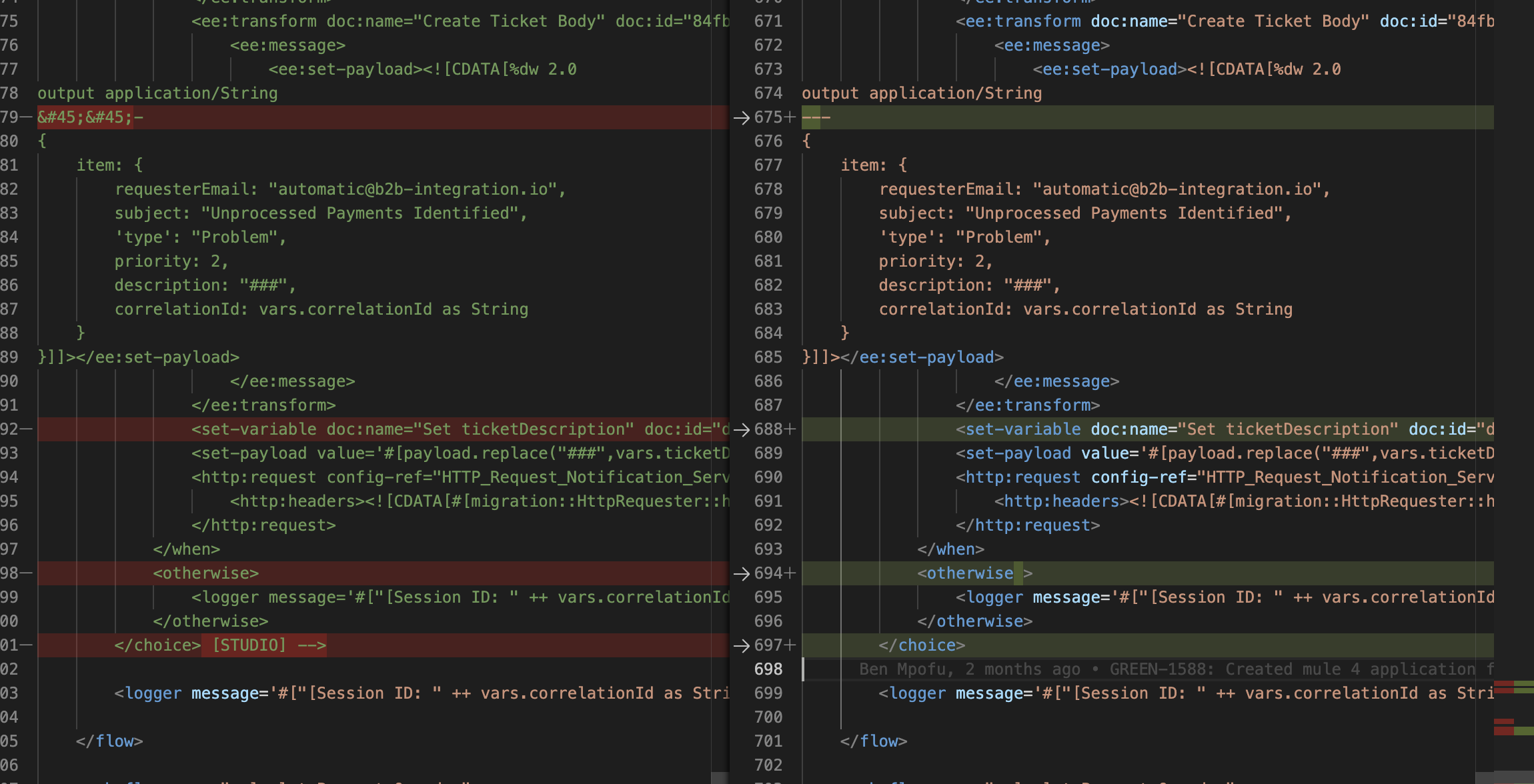I tried validating my XML file with a XSD file but I get the following error message:
[Error]: cvc-complex-type.2.3: Element 'paragraph' cannot have character [children], because the type's content type is element-only
Which (if i am understanding it correctly) means a complex type cannot have a combination of simple and complex typed elements as children.
But how do I fix this? I'm still kinda new to this, so the solution could be simple?
My code is shown below:
XSD:
<?xml version="1.0" encoding="UTF-8"?>
<xs:schema xmlns:xs="http://www.w3.org/2001/XMLSchema">
<xs:element name="biography">
<xs:complexType>
<xs:sequence>
<xs:element name="paragraph" maxOccurs="unbounded">
<xs:complexType>
<xs:sequence>
<xs:element name="name">
<xs:complexType>
<xs:sequence>
<xs:element name="first_name" type="xs:string" minOccurs="0"></xs:element>
<xs:element name="last_name" type="xs:string"></xs:element>
</xs:sequence>
</xs:complexType>
</xs:element>
<xs:element name="emphasize" maxOccurs="unbounded" minOccurs="0" type="xs:string"></xs:element>
<xs:element name="profession" maxOccurs="unbounded" minOccurs="0" type="xs:string"></xs:element>
<xs:element name="date" minOccurs="0">
<xs:complexType>
<xs:sequence>
<xs:element name="month" type="xs:string"></xs:element>
<xs:element name="day" type="xs:int"></xs:element>
<xs:element name="year" type="xs:int"></xs:element>
</xs:sequence>
</xs:complexType>
</xs:element>
</xs:sequence>
</xs:complexType>
</xs:element>
<xs:element name="definition" maxOccurs="unbounded">
<xs:complexType>
<xs:sequence>
<xs:element name="term" type="xs:string"></xs:element>
</xs:sequence>
</xs:complexType>
</xs:element>
</xs:sequence>
</xs:complexType>
</xs:element>
</xs:schema>
XML:
<biography>
<paragraph>
<name><first_name>Alex</first_name> <last_name>Turing</last_name></name>
was one of the first people to truly deserve the name <emphasize>computer
scientist</emphasize>. Although his contributions to the fields are too
numerous to lst, his best-known are the famous <emphasize>Turing
Test</emphasize> and <emphasize>Turing Machine</emphasize>.
</paragraph>
<definition>The <term>Turing Test</term> is to this day the standard test
for determining whether a computer is truly intelligent. This test yet
has to be passed.</definition>
<definition>A <term>Turing Machine</term> is an abstract finite state
automaton with infinite memory that can be proven equivalent to any other
finite state automaton with arbitrarily large memory. Thus what is true
for one Turing machine is true for all Turing machines no matter how
implemented.</definition>
<paragraph>
<name><last_name>Turing</last_name></name> was also an accomplished
<profession>mathematician</profession> and
<profession>cryptographer</profession>. His assistance was crucial in
helping the Allies decode the German Enigma cipher. He committed suicide
on <date><month>June</month> <day>7</day>, <year>1954</year></date>
after being convicted of homosexuality and forced to take female hormone
injections.
</paragraph>
</biography>

